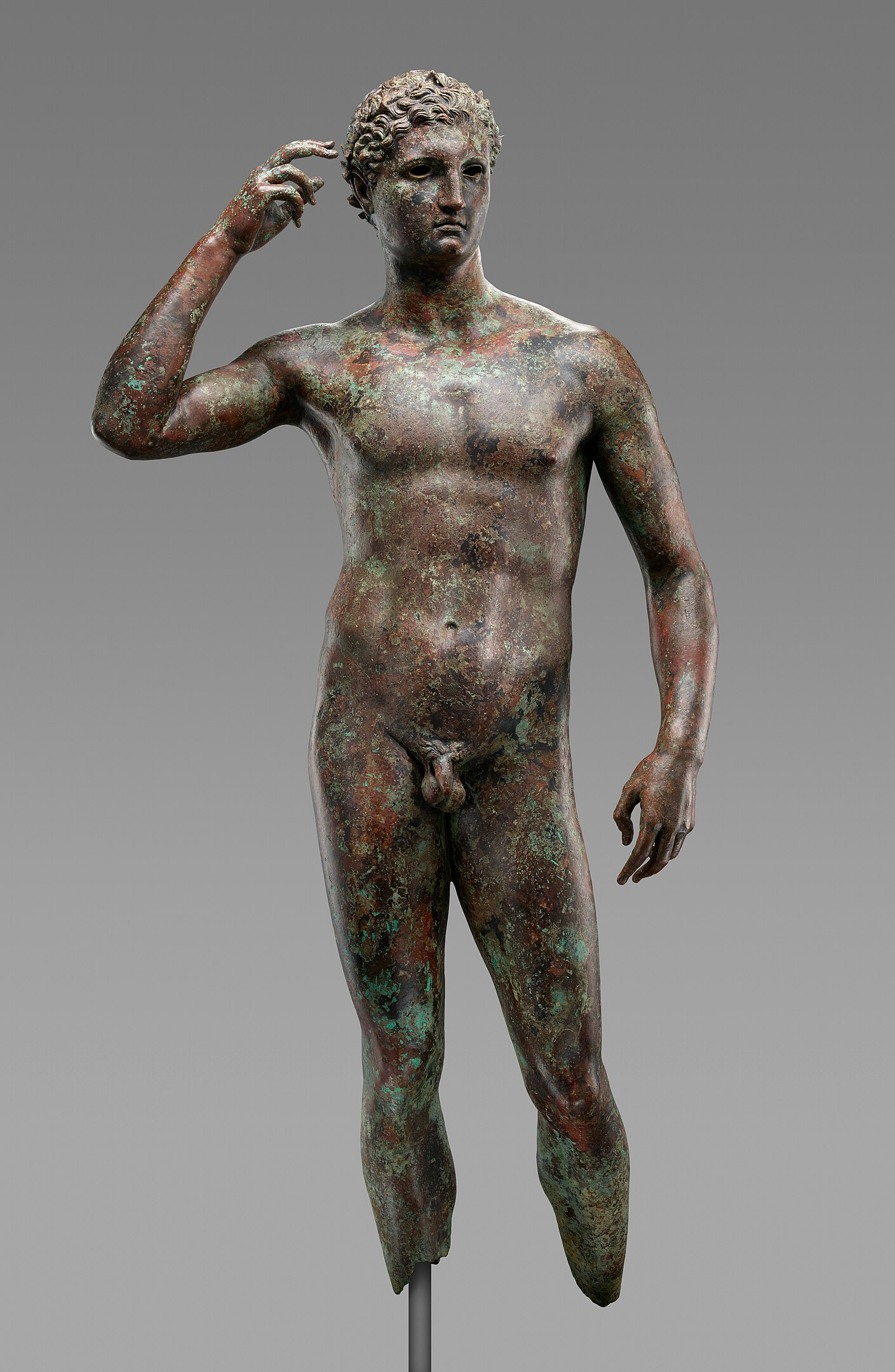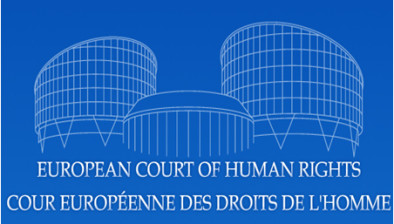ECtHR: Italy can reclaim 2,000-year-old statue from Getty Museum

Italy can lawfully reclaim a 2,000-year-old Greek statue from the Getty Museum in California, the European Court of Human Rights has ruled.
Victorious Youth has been at the centre of a legal row for years after Italy alleged it had been obtained illegally by the J Paul Getty Trust.
The court rejected an appeal yesterday by the trust against a confiscation order issued by Italy’s Supreme Court of Cassation.
The ECtHR said the Italian authorities had “acted with the purpose of recovering an unlawfully exported piece of cultural heritage” from the Getty Villa Museum in Malibu.
It said the the confiscation order was “proportionate” in ensuring the return of the statue. Both sides may now ask for the case to be referred to the Grand Chamber.
The statue was found in 1964 off Pesaro, on Italy’s Adriatic coast, and was sold a number of times before it was bought by the Getty Trust in 1977. It was bought in Munich for almost $4m (£3.2m) and arrived in the US via the port of Boston before being put on display in the Malibu museum in 1978.
Italy says the statue was smuggled out of the country illegally.
Getty has defended its right to it, which is thought to have been made by the Greek sculptor Lysippos or a student of his between 300BC and 100BC. The museum claims it was found in international waters and was never part of Italy’s cultural heritage. It cites in its favour a 1968 ruling from Italy’s top court that concluded there was no evidence that the statue belonged to Italy.
In a statement, Getty said: “Although the European court of human rights found that Italy’s forfeiture order regarding Victorious Youth did not violate the European Convention of Human Rights, we believe that Getty’s nearly fifty-year public possession of an artwork that was neither created by an Italian artist nor found within the Italian territory is appropriate, ethical and consistent with American and international law.
“The Getty is carefully considering the possibility of requesting a review before the Grand Chamber of the ECHR. If necessary, the Getty will continue to defend its possession of the statue in all relevant courts.”








